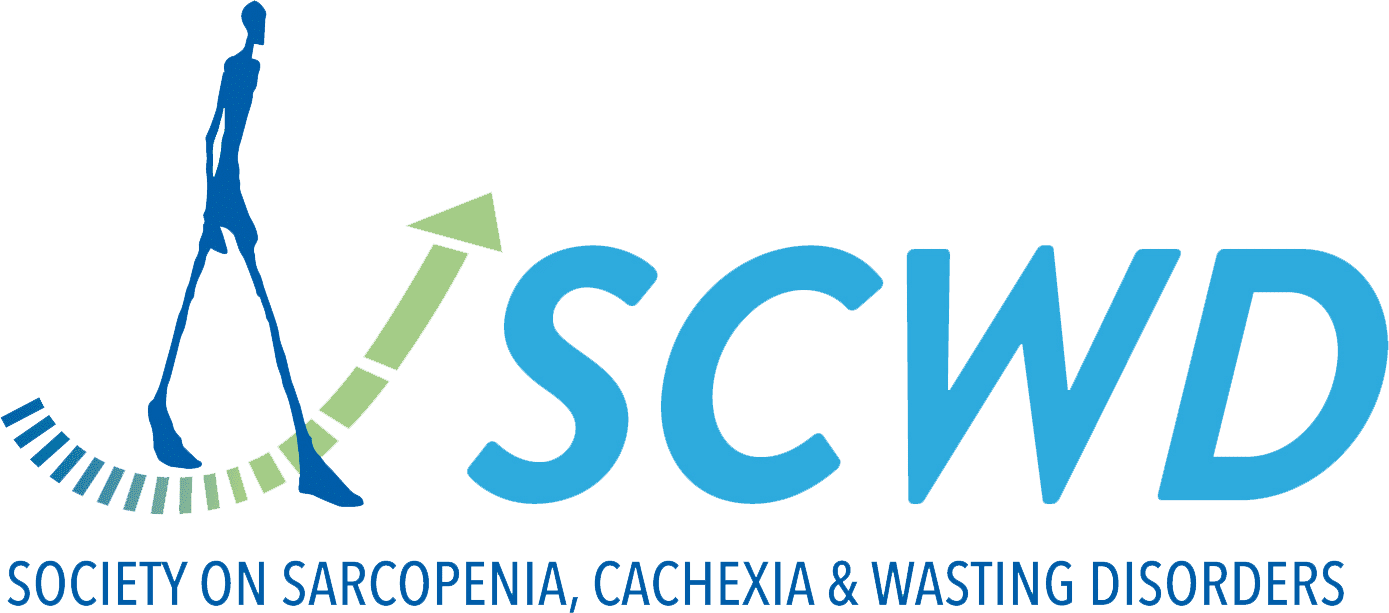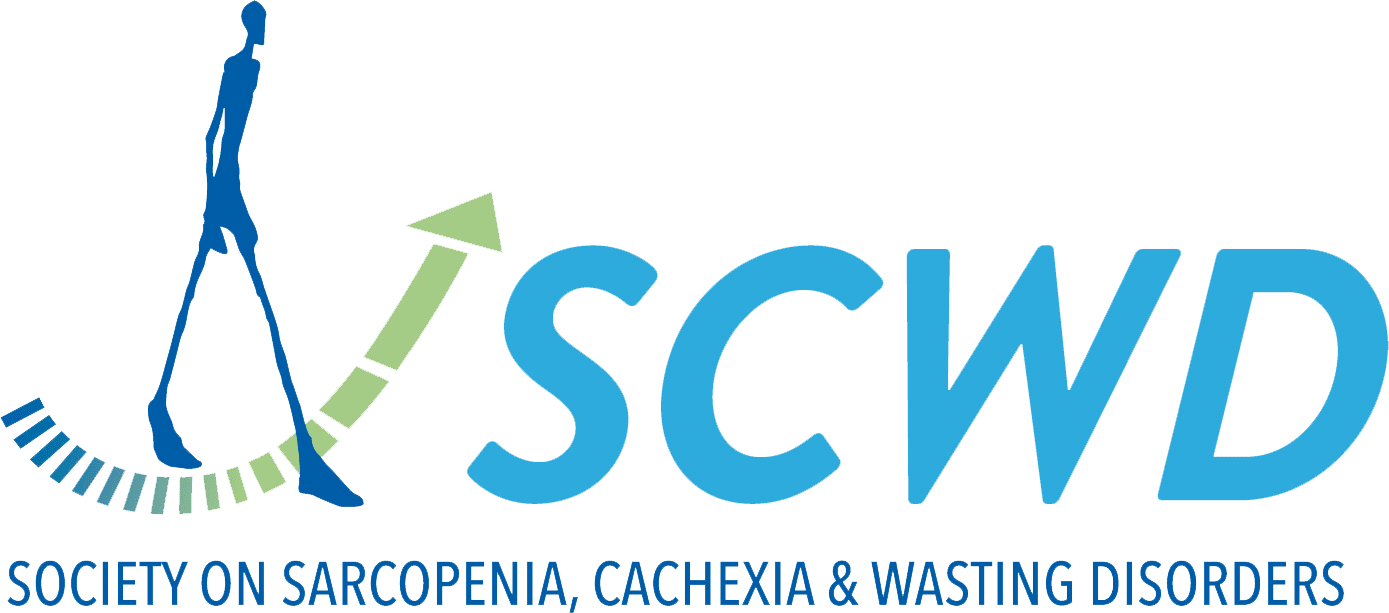👤 Authors: Elizabeth Benz, Alexandre Pinel, Christelle Guillet, Frederic Capel, Bruno Pereira, Dimitris Rizopoulos, Alfonso J Cruz-Jentoft, Doris Eglseer, Eva Topinkova, Rocco Barazzoni, Lorenzo M Donini, Fernando Rivadeneira, Marinka Steur, Trudy Voortman, Peter J M Weijs, Josje D Schoufour, Yves Boirie
Sarcopenic Obesity Phenotype Index (SOPi): A Population-Based Study.
BACKGROUND
Sarcopenic obesity (SO) is a clinical condition defined by the coexistence of high body fat mass and low muscle function and mass, which increases the risk of adverse health outcomes, including disability and mortality. Early detection and frequent monitoring of SO are essential for preventive interventions and management strategies.
The current binary approach for SO diagnosis is limited in capturing the spectrum of SO or its progression over time. The main objective of this study was to develop a continuous SOPi that integrates diagnostic criteria such as muscle function and body composition.
We aimed to evaluate the association between SOPi and all-cause mortality, to identify baseline-related factors with SOPi and to assess changes in the SOPi over time.
METHODS
Participants from the Rotterdam Study with baseline and follow-up measures of handgrip strength (HGS), dual-energy X-ray absorptiometry-measured appendicular lean mass index (ALM/kg) and body fat percentage (BF%) were included. SOPi was calculated as a sex-specific equation integrating z-scores (Z) of (BF%)-(HGS)-(ALM/kg).
Cox regression and multivariable linear regression models were fitted to evaluate mortality risk and associated factors with SOPi, respectively. Subgroup analysis of SOPi changes was performed by linear mixed-effects models.
RESULTS
In the total population (n = 5888, age 69.5 ± 9.1 years, BMI 27.5 ± 4.3 kg/m 2, 56.8% females) and over the 9.9-year median follow-up period, 1538 (26.1%) participants died.
Each standard deviation (SD) increase in sex-specific SOPi was associated with a 10% higher risk of premature death (HR = 1.10 [95%CI: 1.07; 1.13]). Thirteen factors were associated with high SOPi, such as reduced physical activity, higher triglyceride-glucose index, HOMA-IR, systemic inflammation, osteopenia, hypertension, liver steatosis, asthma, coronary heart disease, oral corticosteroid use, lower protein intake, lower quality of life and lower educational status.
In participants with obesity, lower physical activity and/or insulin resistance (n = 1682), a significantly higher and faster increase in SOPi was observed compared to participants without these factors (males: β = 2.63 [95%CI: 2.22; 3.03]; females: β = 2.90 [95%CI: 2.58; 3.23]).
CONCLUSION
SOPi is a significant predictor of premature death and can identify associated factors, particularly useful among persons at risk of SO. SOPi is higher and increases faster in individuals with specific phenotypes.
SOPi integrates prognosis information, which could be used as a risk indicator and for prevention of SO.


